An Interview with Prof. Duncan Haldane
F. Duncan M. Haldane
herman Fairchild University Professor of Physics, Princeton University
Nobel Prize Laureate (Physics) 2016
Professor Duncan Haldane shares his insights on topics including the importance of science tuition at schools, mentoring research at university, and his career in overturning conventional wisdom in magnetism and matter, and his discovery of ‘topological phases of matter’.
What led to your interest in science and mathematics at school?
Duncan Haldane:
My parents were always interested in science; they were medical people but they didn’t push me to become a medical doctor. I liked science: at first I liked rocks and minerals and chemistry, and it was only in the last year of school I became enthusiastic about physics, because there was a very good physics teacher in that year. Before that, the physics teachers were not as inspiring —they made the subject seem rather dry.
I think high-school teachers, especially science teachers, really play a tremendous role, particularly those ones who are really passionate about their subjects. It only takes one good teacher to get people started on a career in science and most of the people I meet who have had successful careers in science have a story about a particular high school teacher who got them excited about science. These dedicated science teachers are really special: they are a country’s big resource.
Then you went onto Cambridge University.
What do you recall of your student days and how they led to your research?
I went to Cambridge to study Natural Sciences and looking back there were several things I wanted to do. I thought brain research was one thing that sounded very interesting. But, I didn’t really know what I was going to do.
I hadn’t done any biology at school for some reason, and so I was doing biology for the first time at the university, but I had a few incidents in the lab. For example, they had mouth pipettes for measuring out small quantities of liquids at the time, which I guess you don’t see anymore. One time, I sucked too hard on the pipette and swallowed its contents, a mutagenic chemical that was supposed to mutate a mold from a nice-looking green and yellow Aspergillus Nidulans mold into something brown and shriveled. Well, I swallowed the stuff instead! I decided I was too clumsy to be good in the lab, especially if I had to handle any dangerous chemicals or radioactive materials!
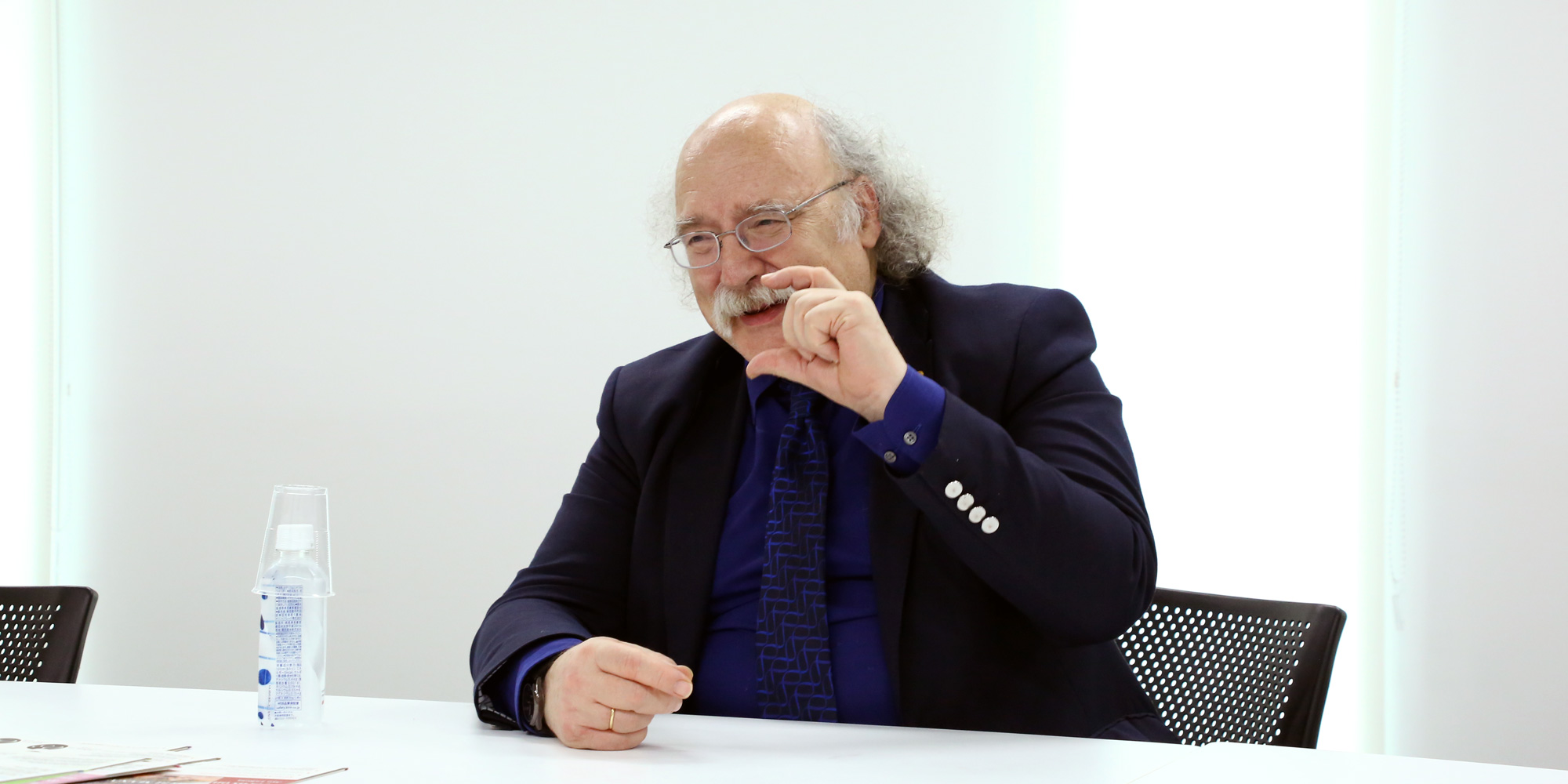
So I chose to specialize in theoretical physics as I was good at mathematics. I encountered an excellent mentor, Philip (Phil) Anderson, in my final year as an undergraduate at Cambridge. He taught the first half of an advanced quantum mechanics class and the person doing the other half was Mike Green who became one of the founders of string theory. The topics that both of them taught were much more inspirational than the standard physics courses which I think were mainly taught by people doing experimental particle physics, and which I remember as being full of technical material about scattering theory and spherical harmonics.
So, both Phil Anderson and Mike Green taught very interesting things and I decided to apply to stay on at Cambridge for postgraduate studies. I had the choice of working with either of these two. Luckily, I made the right decision because string theory had an existential crisis soon afterwards! At that time, string theory was supposed to be a model for the heavy particles (the hadrons), but this idea failed shortly thereafter and string theory entered what has been called the ‘wilderness years’, before it reemerged as a possible theory of gravity. So, if I had chosen to work on it I would have probably have been unable to stay in physics and would have probably ended up working in a bank, which often happens when a physics career doesn’t work out… (laugh).
So, I guess life is full of random choices and you must go with your gut feeling and hope you make the right choice. As a young scientist, you are not really in control of where your scientific career is going, so you have to take advantage of whatever possibilities are offered in the environment you are in and hope for the best.
That's a good point, the environment is important, not at just at school, but also at university.
Yes, choosing to work with Phil Anderson was very influential for my career. He ended up getting the Nobel Prize just after I finished my Ph. D. studies, and is a very original and inspiring thinker. He initially gave me a problem on mixed-valence rare-earth magnetic impurities, and promptly disappeared, because he spent half the year at Cambridge and half the year at Bell labs. Most of the rest of the condensed matter theory group at Cambridge were working in band structure, so I didn’t get much help, and for a while I was struggling to understand the issues in the model problem I had been given. I think what I learned from Anderson was the importance of what I call ‘toy models’. These were looked down on as simplistic by the people who do large-scale ab initio calculations, aimed at accurate determination of the properties of real materials. But simple “toy models” have proved very fruitful in my career, and I learned from Phil Anderson about the clarity that emerges by simplifying models to get rid of as much of the unnecessary details as possible.
Basically, if you get rid of the details and the physics is still there, then you know those details don’t matter. So, in the search for simple understanding of phenomena, what I learned from my mentor Phil Anderson was crucial. Obviously I was extremely fortunate to be able to find such an outstanding mentor, and not everyone will have such an amazing opportunity. But if you are a young student or postdoc, wherever you are, you need to make the best of whatever environment you are in, and seek out the best available mentors to learn from.
And your work on topological physics—what took you into that direction?
Well, I didn't initially know that what I was investigating was ”topological’. Usually progress often happens by taking knowledge you have learned in one area and realizing it could be applied to an apparently-different problem, in which case you may get a new viewpoint which the people working in that area haven’t had. So, I suppose, my Ph.D. research gave me one set of things I knew about (magnetic impurity problems) and I was somehow led, through a series of sideways steps, to get interested in a theoretical method called “bosonization”, which was a technique that proved very fruitful by representing electronic states in terms of harmonic oscillators, and goes back to the work of the famous Japanese physicist Shinichiro Tomonaga, who really started it. It became a useful technique in the physics I was looking at, which was related to the Kondo effect (another Japanese discovery). Although I learned bosonization in the context of magnetic impurities, its main applications were to one-dimensional conductors, which used to be a theorist’s toy model, but were at that time starting to get interesting because of experimental discoveries of organic conductors.
I developed some theories in the area of one-dimensional conductors but then I realized they could be applied to certain problems in quantum magnetism and I at some point realized while working on this new problem that my new techniques helped me to fully understand and reproduce some well-known (but in fact incompletely understood) results on spin-1/2 one-dimensional antiferromagnets. This validated my new and different ways of doing things, which encouraged me to apply it to systems with spin-1 and above, where explicit results were not available, but were commonly assumed to have qualitatively-similar behavior to the spin-1/2 case. But I was surprised to find that my new techniques inescapably implied that the widely-held opinion of how these systems behaved was just wrong!
It was a great shock to me to discover that the common wisdom was not just a little bit wrong, but was 100% wrong, and of course, there was a reason for that. The reason was that people in the field had been misled by an exactly-solvable mathematical model, and it turned out that they hadn’t really understood what the solution was telling them, and had thought the solution of this model confirmed results coming from semi-classical spin-wave analysis.
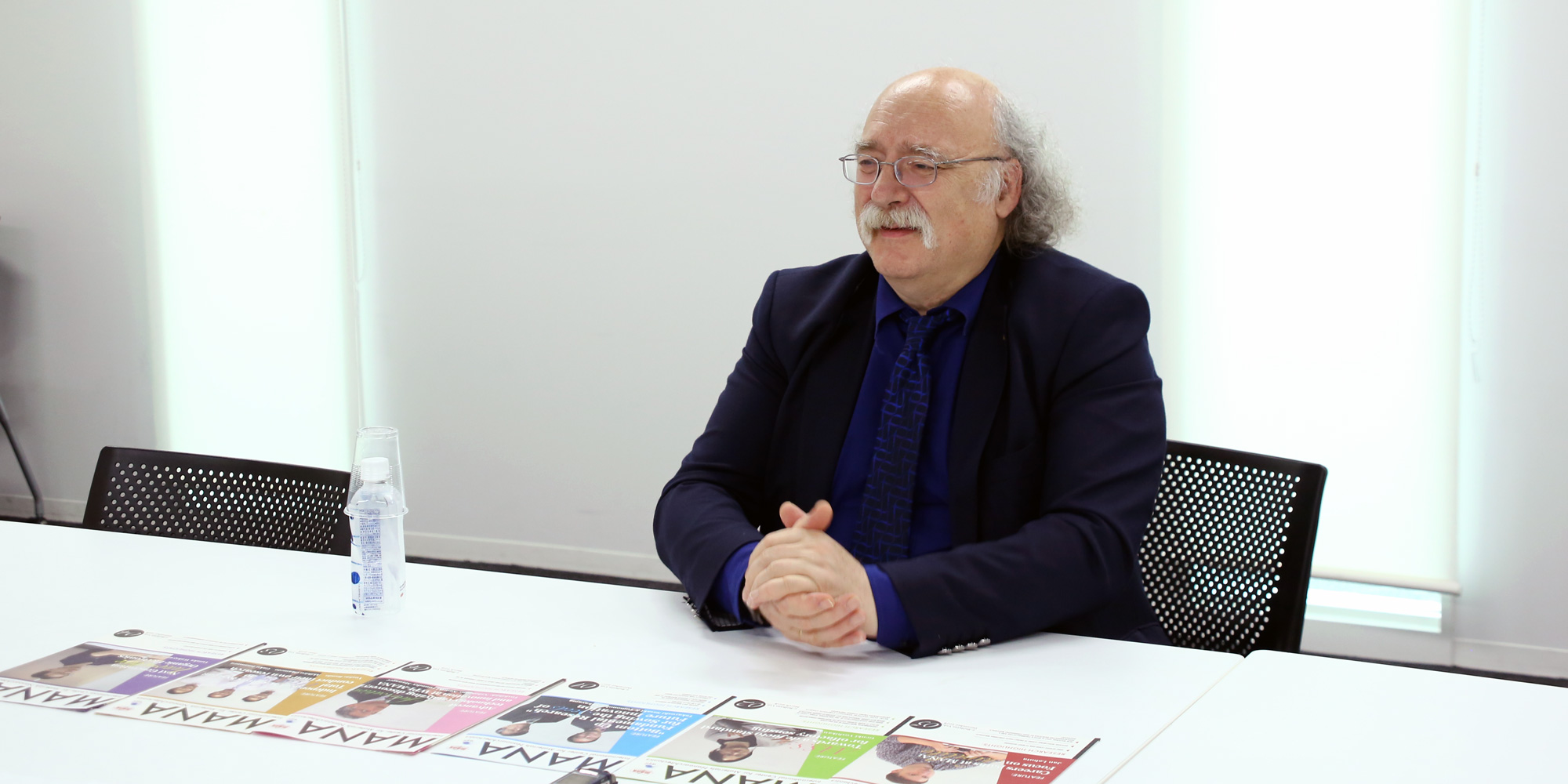
How do you view the research activities at MANA?
There are interesting new developments here in ”topological photonics”. Actually, this is an area I might be coming back to, too. For example, looking for analogs of so-called HOTI’s (“higher-order topological insulators”) in photonics. So, it’s actually surprisingly rich in possibilities too and it was hard to anticipate all these new developments from the early days of the subject, but the area of topological materials seems to have turned into something very interesting.
Looking at your career, you have moved around a lot and worked at many places.
Do you think this was one of the reasons for your success in your research?
I suppose, as this area gained more prominence it made me more of a catch for institutions to go after, so yes, I have moved around. I started as a postdoc in France, then University of Southern California, and then Bell Labs, then University of California San Diego, then Princeton.
So, changes in environments led to advances in your research?
Yes, Bell Labs was very interesting. It was a fantastic place. They had a great environment where they could do all kinds of basic research, but this declined after the telecommunications reforms in the US. In the end, I decided I preferred to be in a university setting, interacting with students, and teaching, as well as doing research.
Would you encourage researchers to be mobile for new ideas and progress?
Yes. New places often stimulate new ideas and opportunities. Although I haven’t moved recently, I go to meetings and workshops and so on, where you can be exposed to other ideas and get new directions. Talking with people, going to meetings, and spending extended visits at other places, gets you out of your everyday environment.
What message do you may have for young researchers?
How would you advise them about thinking about the future?
I would say it is important for young people to have some focus, but don’t be completely focused. There is a tendency, if you are working on something intensely, not want to go to seminars. A lot of the interesting developments happen through applying something from one area and realizing it could have some possibility in a different area, so it is good (and possibly fruitful) to hear about developments in areas that are outside your current area of research.
It is a good practice just to put yourself in the position of learning about other things that are not what you are doing, so don’t spend all of your time just on your current project. Maybe spend 85% of the time on your actual project but be open to learn about other things.
Because, as a young researcher, you don't really know where your career is going. No one can fully plan his or her own career. One’s career is to some extent determined by random chance. It’s almost like the “Many Worlds” interpretation of quantum mechanics! Who knows which “universe” your career is in? You can help to guide it but be open to discussions that could lead to interesting new futures.
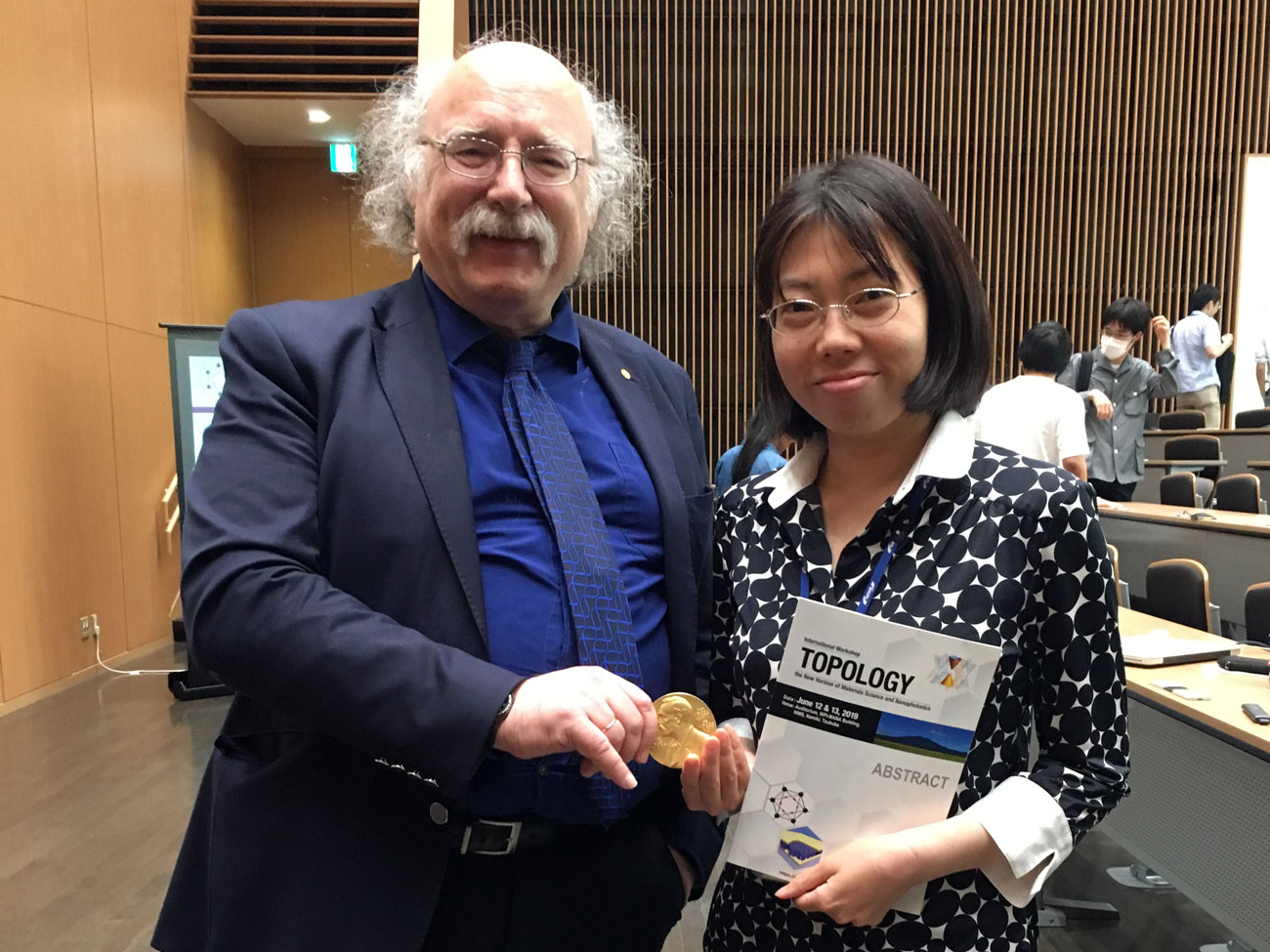
Prof. Duncan Haldane with Dr. Ayako Nakata, Senior Researcher
What are you focusing on at the moment?
I’m mainly active in the fractional quantum Hall effect and I’m presently trying to understand whether quantum geometry has an importance in these understanding it. But partly because of some of the interesting developments in topological photonics, which is a subject I helped to get started some years ago as an offshoot of my work on the quantum Hall effect, I have been thinking out that again. This subject seems to have blossomed in a very large way, as seen in work described at the recent workshop here at WPI-MANA.
There are some interesting issues and possibilities with systems with loss and gain, which may have technological applications. I never used to think about whether my work was practically applicable, I was just interested in it intellectually, but actually the subject seems to be turning out to be useful.
#####
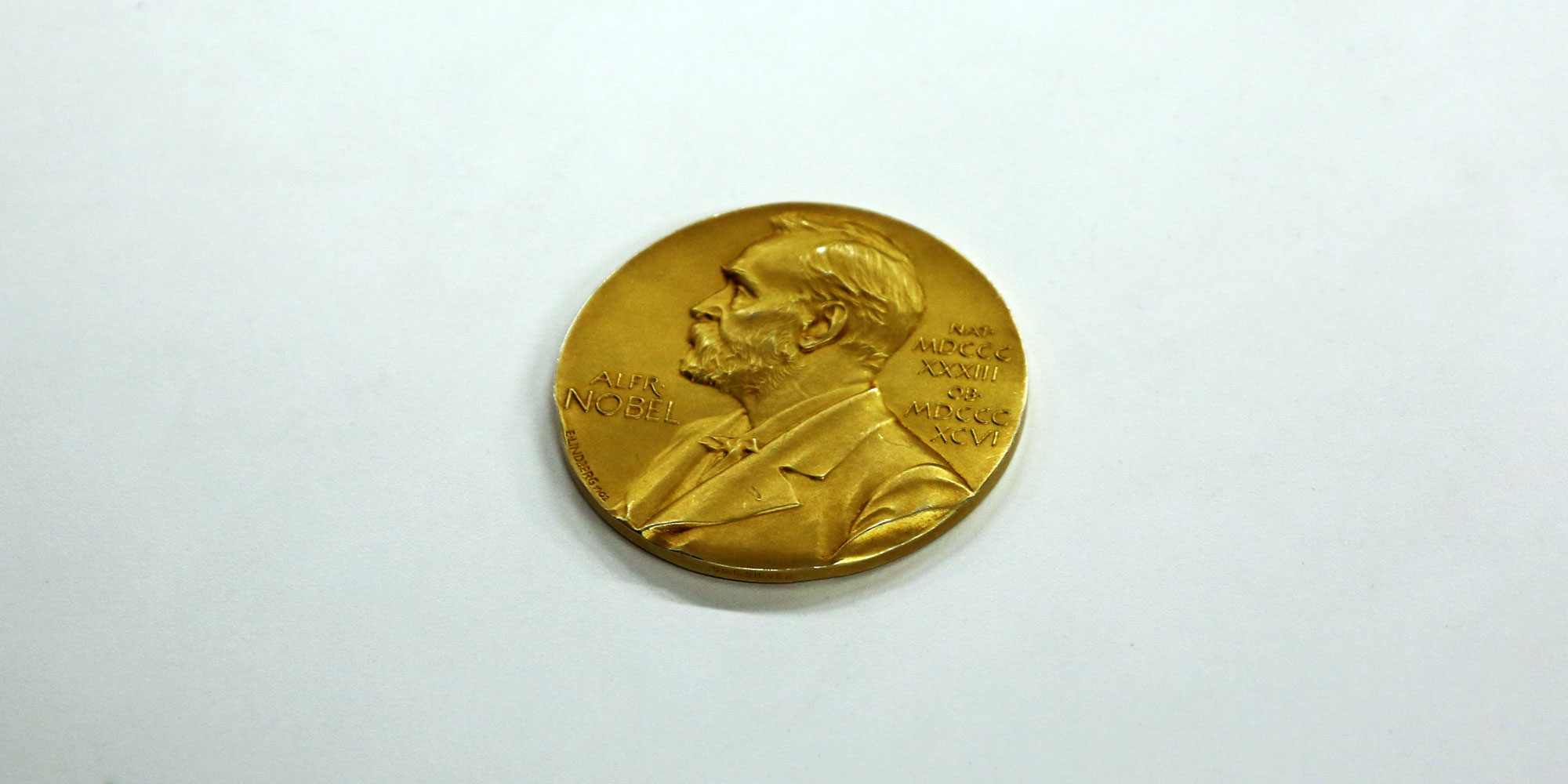
the Nobel Medal for Physics 2016
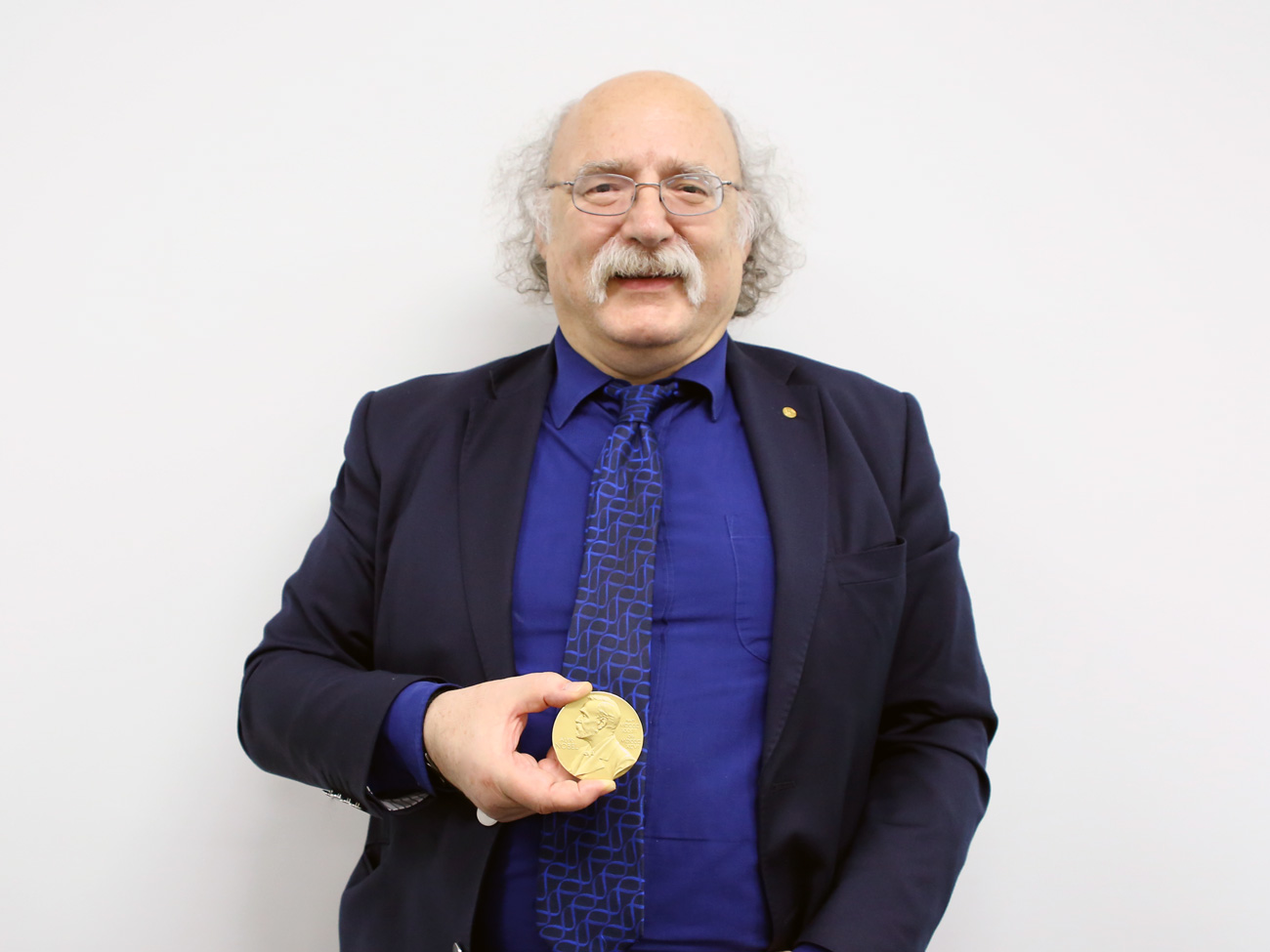
Prof. Duncan Haldane with the Nobel Medal for Physics 2016
Further information
The Nobel Prize in Physics 2016
https://www.nobelprize.org/prizes/physics/2016/haldane/facts/
Princeton University
http://physics.princeton.edu/~haldane/
WPI-MANA
https://www.nims.go.jp/mana/
